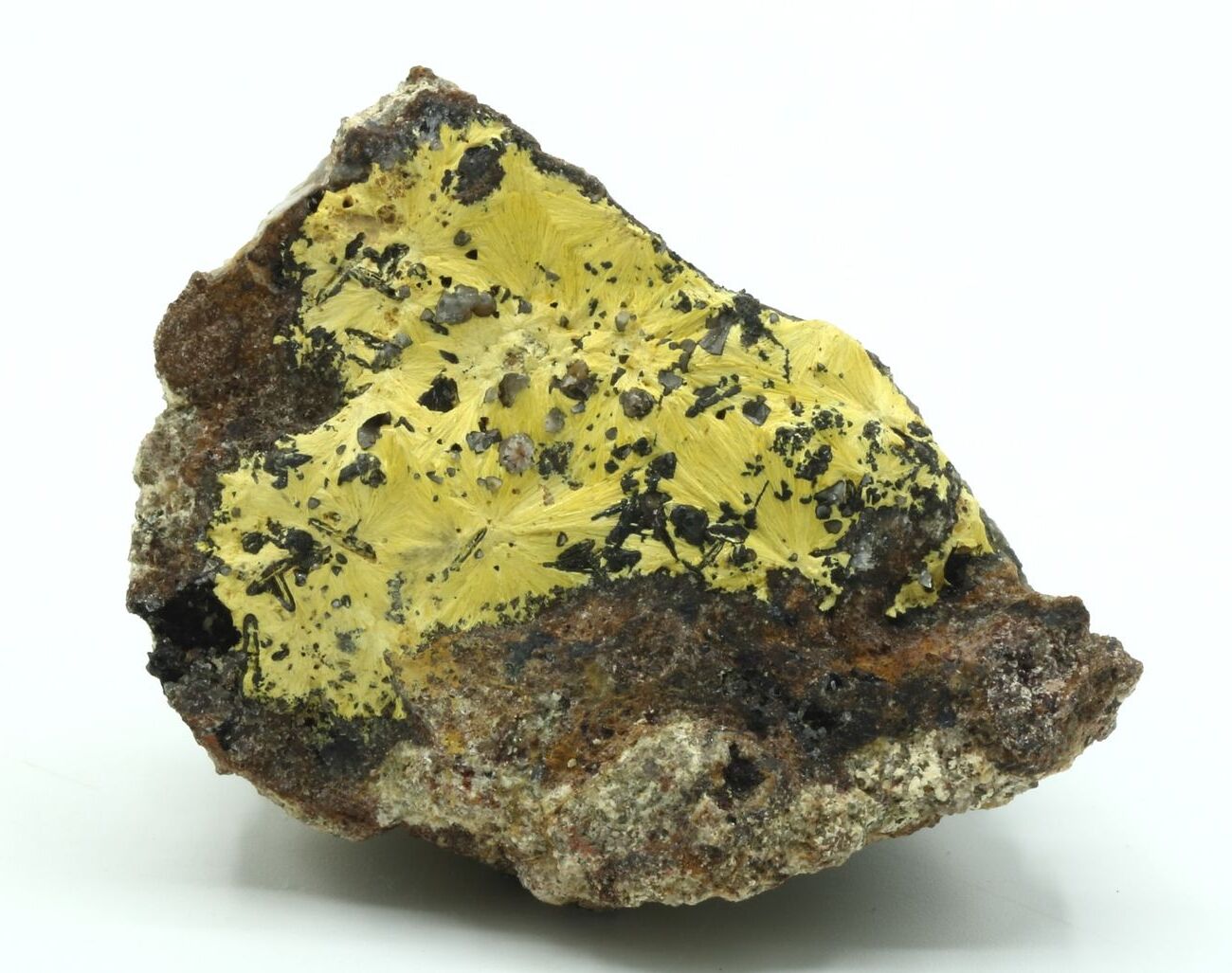
Saethre-Chotzen Syndrome is a rare genetic disorder that affects the development of the skull, face, and limbs. Caused by mutations in the TWIST1 gene, this condition leads to the premature fusion of certain skull bones, resulting in an abnormal head shape. People with this syndrome often have distinctive facial features like a high forehead, droopy eyelids, and widely spaced eyes. Other symptoms may include hearing loss, short fingers, and partial webbing of the fingers or toes. Early diagnosis and treatment are crucial for managing the symptoms and improving quality of life. Understanding Saethre-Chotzen Syndrome can help families and healthcare providers offer better support and care.
Key Takeaways:
- Saethre-Chotzen Syndrome affects the skull, face, and limbs due to TWIST1 gene mutations. It can cause craniosynostosis, facial asymmetry, and health issues like hearing loss and developmental delays.
- Early diagnosis and treatment, including genetic testing and surgery, can improve the quality of life for individuals with Saethre-Chotzen Syndrome. Support from healthcare professionals and ongoing research offer hope for the future.
What is Saethre-Chotzen Syndrome?
Saethre-Chotzen Syndrome (SCS) is a genetic disorder that affects the development of the skull, face, and limbs. It is caused by mutations in the TWIST1 gene. This condition can vary widely in its severity and symptoms.
-
Saethre-Chotzen Syndrome is named after two doctors, Haakon Saethre and Fritz Chotzen, who first described the condition in the 1930s.
-
The TWIST1 gene mutation is the primary cause of SCS. This gene plays a crucial role in the development of bones and other tissues.
-
Craniosynostosis is a common feature of SCS. This condition involves the premature fusion of skull bones, leading to an abnormal head shape.
-
Facial asymmetry is often seen in individuals with SCS. One side of the face may appear different from the other.
-
Low-set hairline at the front and back of the head is another characteristic of SCS.
Physical Characteristics of Saethre-Chotzen Syndrome
Individuals with SCS often exhibit distinct physical traits. These features can help in diagnosing the syndrome.
-
Droopy eyelids (ptosis) are frequently observed in people with SCS.
-
Wide-set eyes (hypertelorism) is another common feature.
-
Small ears with an unusual shape are often present.
-
Broad, short fingers and toes, sometimes with partial webbing, are typical in SCS.
-
Short stature is often seen in individuals with this syndrome.
Health Issues Associated with Saethre-Chotzen Syndrome
SCS can lead to various health problems that require medical attention. These issues can affect different parts of the body.
-
Hearing loss is common due to structural abnormalities in the ears.
-
Dental problems such as crowded teeth and high-arched palate are frequently observed.
-
Vision problems can occur due to the shape of the skull and eye sockets.
-
Respiratory issues may arise from the abnormal structure of the face and airways.
-
Developmental delays are possible, though intelligence is usually normal.
Diagnosis and Treatment of Saethre-Chotzen Syndrome
Early diagnosis and treatment can improve the quality of life for individuals with SCS. Various methods are used to identify and manage the condition.
-
Genetic testing can confirm the presence of TWIST1 gene mutations.
-
Physical examination by a specialist can help diagnose SCS based on physical traits.
-
Imaging tests like X-rays and CT scans are used to assess skull and bone abnormalities.
-
Surgery may be required to correct craniosynostosis and other structural issues.
-
Hearing aids can help manage hearing loss.
Living with Saethre-Chotzen Syndrome
Living with SCS involves managing symptoms and receiving support from healthcare professionals. With proper care, individuals can lead fulfilling lives.
-
Regular check-ups with a team of specialists are essential for monitoring health.
-
Physical therapy can help improve mobility and strength.
-
Speech therapy may be needed for those with speech difficulties.
-
Educational support can assist children with learning challenges.
-
Support groups provide emotional and social support for families.
Research and Future Directions
Ongoing research aims to better understand SCS and develop new treatments. Advances in genetics and medicine offer hope for the future.
-
Gene therapy is being explored as a potential treatment for genetic disorders like SCS.
-
Stem cell research may lead to new ways to repair or replace damaged tissues.
-
Clinical trials are testing new medications and therapies for SCS.
-
Patient registries help researchers collect data and track the progress of individuals with SCS.
-
Awareness campaigns aim to educate the public and healthcare professionals about SCS.
Understanding Saethre-Chotzen Syndrome
Saethre-Chotzen Syndrome, a genetic condition, affects skull and facial development. Knowing the facts about this syndrome helps in recognizing its signs early. Early diagnosis and treatment can significantly improve the quality of life for those affected.
Symptoms include craniosynostosis, facial asymmetry, and limb abnormalities. Genetic testing confirms the diagnosis. Treatment often involves surgery to correct skull shape and manage other physical issues.
Support from healthcare professionals, genetic counselors, and support groups is crucial. Families dealing with Saethre-Chotzen Syndrome benefit from connecting with others facing similar challenges.
Raising awareness about this condition can lead to better resources and support for affected individuals. By understanding Saethre-Chotzen Syndrome, we can foster a more inclusive and supportive environment for everyone.
Frequently Asked Questions
Was this page helpful?
Our commitment to delivering trustworthy and engaging content is at the heart of what we do. Each fact on our site is contributed by real users like you, bringing a wealth of diverse insights and information. To ensure the highest standards of accuracy and reliability, our dedicated editors meticulously review each submission. This process guarantees that the facts we share are not only fascinating but also credible. Trust in our commitment to quality and authenticity as you explore and learn with us.


